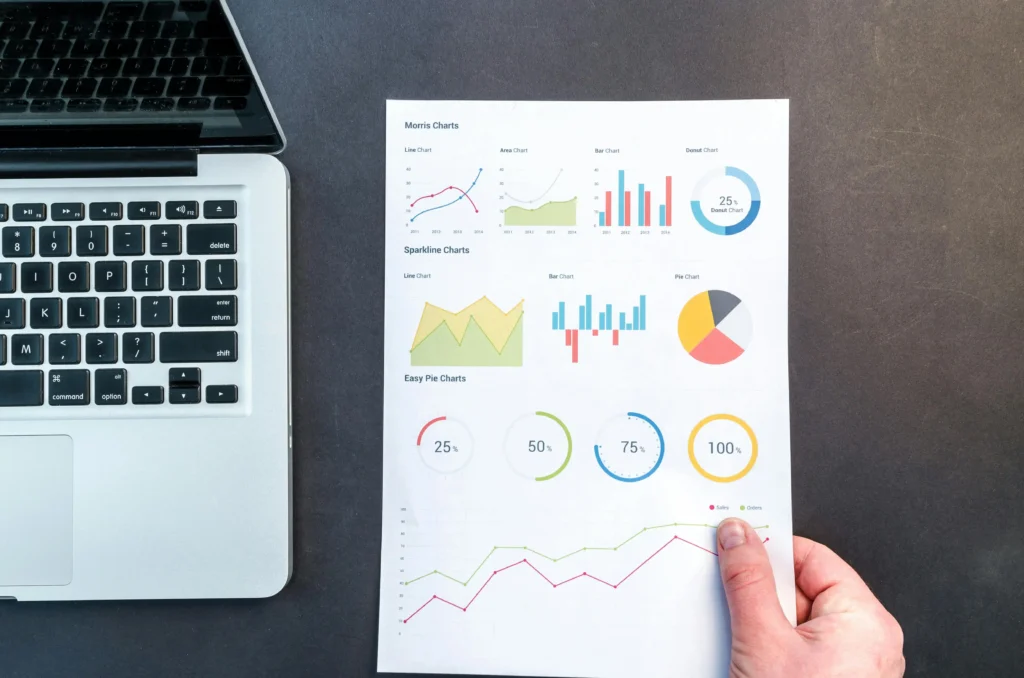Google Analytics for Beginners: A Simple Guide to Understanding Your Website’s Performance
Google Analytics for Beginners: A Simple Guide to Understanding Your Website’s Performance
Introduction If you’re new to digital marketing or running your website, understanding how to track your site’s performance is key. Google Analytics is one of the most powerful and free tools you can use to measure your website’s success. This guide will break down the basics and help you get started with Google Analytics, even if you’re a complete beginner.
What is Google Analytics?
Google Analytics is a tool that helps website owners and marketers understand how visitors interact with their site. It provides data on things like how many people visit, where they come from, what pages they look at, and how long they stay. This information helps you make informed decisions to improve your website’s performance.
Setting Up Google Analytics
Setting up Google Analytics is simple. Here’s a step-by-step guide:
- Create a Google Account: If you don’t have one already, create a free Google account.
- Sign Up for Google Analytics: Go to the Google Analytics website and sign in. Click on the “Start for free” button.
- Add Your Website Details: You’ll need to provide basic information about your website, like the name, URL, and industry.
- Install the Tracking Code: After setting up your account, you’ll be given a tracking code. Copy this code and paste it into the header of every page on your website, or use a plugin if you’re on platforms like WordPress.
Once you’ve completed these steps, Google Analytics will start tracking visitors to your website.
Important Factors to Track in Google Analytics
Google Analytics can provide a ton of data, but as a beginner, these are the key metrics you should focus on:
- Sessions: A session is a period when a user is active on your website. This metric helps you understand how many visits your site is getting.
- Users: This shows how many unique visitors come to your site. If you’re growing your website traffic, this number should be increasing.
- Bounce Rate: The bounce rate tells you the percentage of people who leave your site after viewing only one page. A high bounce rate might mean visitors aren’t finding what they’re looking for.
- Average Session Duration: This shows how long visitors stay on your site. A longer session duration usually means that your content is engaging and useful.
- Pages per Session: This indicates how many pages a visitor views in a single session. More pages per session mean users are exploring more content on your site.
How to Use Google Analytics Data
Once you start collecting data, it’s important to know how to use it effectively:
- Track Your Website Goals: Set up goals in Google Analytics to track actions you want visitors to take, like making a purchase, signing up for a newsletter, or filling out a contact form.
- Analyze Your Traffic Sources: Under the “Acquisition” tab, you can see where your visitors are coming from (e.g., organic search, paid ads, social media). This helps you understand which channels are driving the most traffic.
- Understand Your Audience: You can see demographic data, such as age, gender, and location, under the “Audience” section. This can assist you in better focusing your marketing efforts.
- Improve User Experience: If you notice a high bounce rate on certain pages, consider improving the content or design of those pages to keep visitors engaged.
Conclusion
Google Analytics is an essential tool for anyone serious about improving their website’s performance. By understanding the basic metrics and using that data to make decisions, you can increase your website’s success and achieve your marketing goals. Don’t be intimidated by all the data—start with the basics, and as you get more comfortable, you can dive deeper into more advanced features.
digital marketing expert in kerala
d
Remember, the key to success with Google Analytics is not just tracking the data, but also using it to take action and improve your website’s user experience.
